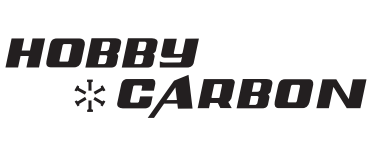CNC NC Lathe Thread Turning Technology
September 18, 2019
CNC NC Lathe Thread Turning Technology
"CNC Lathe Thread Turning Machining Technology" Many techniques are still very particular in the CNC turning machining of CNC turning lathes. Here comes from Suzhou Meiji Precision Machinery Co., Ltd. to bring you professional CNC lathe machining, CNC lathe threading Turning, CNC lathe machining technology thread turning technology.
First of all, the advantages of CNC lathe thread turning are: the surface roughness is less than turning, milling and grinding; the surface of the rolled thread can be hardened due to cold work and can improve the strength and hardness; CNC turning machine thread turning material utilization rate is high; productivity Compared with the cutting process, it has grown exponentially and is easy to be automated; rolling die life is very long. However, the rolling thread requires that the hardness of the workpiece material does not exceed HRC40; the dimensional accuracy of the blank is required to be high; the precision and hardness of the rolling die are also required to be high, and the manufacture of the die is difficult; and it is not suitable for asymmetric thread rolling.
Secondly, the CNC turning machine thread turning method has the following, according to the different molds, thread rolling can be divided into two types of thread rolling and thread rolling: Two threading threads with two thread-shaped threads are staggered with 1/2 thread pitch relative arrangement. The static plate is fixed and the moving plate makes a reciprocating linear motion parallel to the static plate. When the workpiece is fed between the two plates, the moving plate advances and presses the workpiece to plastically deform the surface into threads. There are three types of thread rolling: radial thread rolling, tangential thread rolling, and rolling head rolling. Radial thread rolling: Two (or three) thread rolling wheels with thread profiles are mounted on mutually parallel shafts, the workpiece is placed on a support between two wheels and the two wheels rotate in the same direction at the same speed.
Again:
Rolling technology for thread turning of CNC lathes is generally carried out on a rolling mill, reeling machine or an automatic lathe attached with an automatic thread rolling head. It is suitable for mass production of standard fasteners and other threaded couplings. External thread. The outside diameter of the rolling CNC machining lathes generally does not exceed 25 mm, the length is not more than 100 mm, and the thread accuracy is up to 2 (GB197-63). The diameter of all blanks is approximately equal to the diameter of the machined thread. . Rolling generally cannot process internal threads, but it can be used for non-grooved extrusion taps of cold-worked workpieces (maximum diameter up to 30 mm). The working principle is similar to tapping. The required torque when cold-extruding the internal thread is about 1 times larger than the tapping, and the machining accuracy and surface quality are slightly higher than the tapping.



